鸿蒙HarmonyOS开发实战往期必看文章:(持续更新......)
HarmonyOS NEXT应用开发性能实践总结(持续更新......)
HarmonyOS NEXT应用开发案例实践总结合集(持续更新......)
一分钟了解”纯血版!鸿蒙HarmonyOS Next应用开发!
最新版!“非常详细的” 鸿蒙HarmonyOS Next应用开发学习路线!(从零基础入门到精通)
介绍
该方案展示了ArkWeb同层渲染:将系统原生组件直接渲染到前端H5页面上,原生组件不仅可以提供H5组件无法实现的一些功能,还能提升用户体验的流畅度。
效果图预览
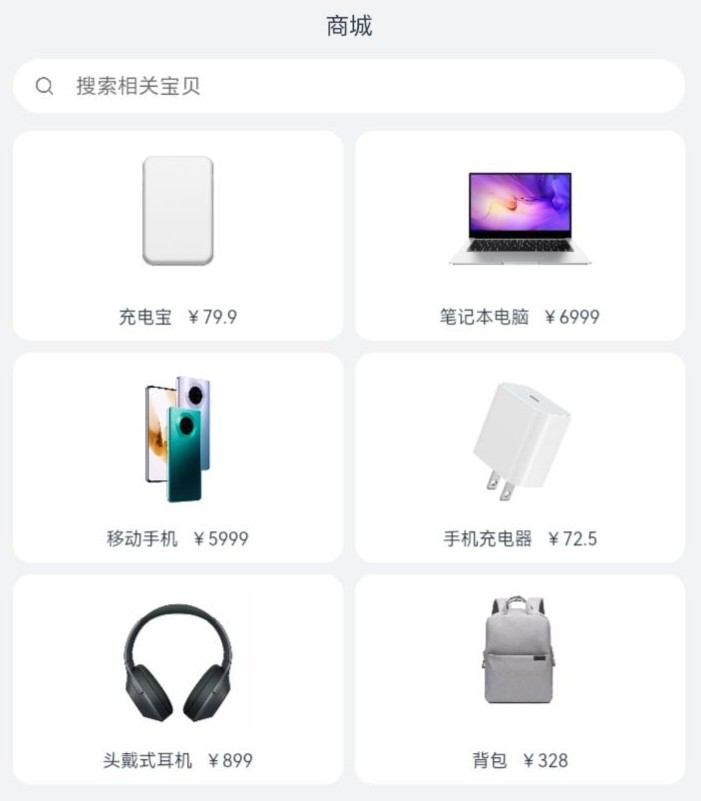
使用说明
- 进入页面即可看到同层渲染效果,Text,Image都是原生组件。
实现思路
- 添加权限。源码参考module.json5
"ohos.permission.INTERNET" - 创建控制器管理绑定的NodeController。源码参考NativeEmbedView.ets
class SearchNodeController extends NodeController { private rootNode: BuilderNode<[Params]> | undefined | null = null; private embedId: string = ""; private surfaceId: string = ""; private renderType: NodeRenderType = NodeRenderType.RENDER_componentTypeDISPLAY; private componentWidth: number = 0; private componentHeight: number = 0; private componentType: string = ""; setRenderOption(params : NodeControllerParams): void { this.surfaceId = params.surfaceId; this.renderType = params.renderType; this.embedId = params.embedId; this.componentWidth = params.width; this.componentHeight = params.height; this.componentType = params.type; } /** * 在对应NodeContainer创建的时候调用、或者通过rebuild方法调用刷新 */ makeNode(uiContext: UIContext): FrameNode | null { this.rootNode = new BuilderNode(uiContext, { surfaceId: this.surfaceId, type: this.renderType}); if (this.componentType === 'native/component') { this.rootNode.build(wrapBuilder(searchBuilder), { width: this.componentWidth, height: this.componentHeight}); } else { } // 返回FrameNode节点 return this.rootNode.getFrameNode(); } /** * 设置BuilderNode节点 */ setBuilderNode(rootNode: BuilderNode<Params[]> | null): void { this.rootNode = rootNode; } /** * 获取BuilderNode节点 */ getBuilderNode(): BuilderNode<[Params]> | undefined | null { return this.rootNode; } /** * 更新BuilderNode节点 */ updateNode(arg: Object): void { this.rootNode?.update(arg); } /** * 获取EmbedId */ getEmbedId(): string { return this.embedId; } /** * 将触摸事件派发到rootNode创建出的FrameNode上 */ postEvent(event: TouchEvent | undefined): boolean { return this.rootNode?.postTouchEvent(event) as boolean; } } - 添加同层渲染的组件。源码参考NativeEmbedView.ets
@Component struct SearchComponent { @Prop params: Params; build() { Column({ space: MARGIN_VERTICAL }) { // 原生Text组件 Text($r('app.string.mall')).fontSize($r('app.string.ohos_id_text_size_body1')) Row() { Image($r('app.media.search_icon')) .width($r('app.integer.search_icon_width')) .margin({ left: $r('app.integer.left_margin') }) Text($r('app.string.search_text_placeholder')) .fontSize($r('app.string.ohos_id_text_size_body2')) .opacity(OPACITY) .fontColor($r('app.color.ohos_id_color_foreground')) .margin({ left: $r('app.integer.left_margin') }) } // 原生Grid组件,Grid中包含Image和Text Grid() { // 性能知识点:此处数据量确定且数量较少,使用了ForEach,在数据量多的情况下,推荐使用LazyForeEach ForEach(PRODUCT_DATA, (item: ProductDataModel, index: number) => { GridItem() { Column({ space: MARGIN_VERTICAL }) { Image(item.uri).width($r('app.integer.image_size')) Row({ space: MARGIN_VERTICAL }) { Text(item.title).fontSize($r('app.string.ohos_id_text_size_body3')) Text(item.price).fontSize($r('app.string.ohos_id_text_size_body3')) } } } }) } .columnsTemplate('1fr 1fr') .rowsTemplate('1fr 1fr 1fr') .rowsGap($r('app.string.ohos_id_elements_margin_vertical_m')) .columnsGap($r('app.string.ohos_id_elements_margin_vertical_m')) } } } - embed标签可以在H5页面中嵌入任何类型的内容,在H5界面上通过embed标签标识同层元素,应用侧会将原生组件渲染到H5页面embed标签所在位置。源码参考view.html
<div> <div id="bodyId"> <!-- 在H5界面上通过embed标签标识同层元素,在应用侧将原生组件渲染到H5页面embed标签所在位置--> <embed id="nativeSearch" type = "native/component" width="100%" height="100%" src="view"/> </div> </div> - 通过WebView的enableNativeEmbedMode()控制同层渲染开关,通过onNativeEmbedLifecycleChange获取embed标签的生命周期变化数据。源码参考NativeEmbedView.ets
build(){ Stack() { // 性能知识点:此处componentId项确定且数量较少,使用了ForEach,在数据量多的情况下,推荐使用LazyForeEach ForEach(this.componentIdArr, (componentId: string) => { NodeContainer(this.nodeControllerMap.get(componentId)); }, (embedId: string) => embedId) // web组件加载本地test.html页面 Web({ src: $rawfile("view.html"), controller: this.browserTabController }) .backgroundColor($r('app.color.ohos_id_color_sub_background')) .zoomAccess(false) // 不允许执行缩放 .enableNativeEmbedMode(true) // TODO: 知识点:通过enableNativeEmbedMode()配置同层渲染开关 .onNativeEmbedLifecycleChange((embed) => { // TODO: 知识点:通过onNativeEmbedLifecycleChange获取embed标签的生命周期变化数据 // 获取web侧embed元素的id const componentId = embed.info?.id?.toString() as string if (embed.status === NativeEmbedStatus.CREATE) { // 创建节点控制器,设置参数并rebuild let nodeController = new SearchNodeController(); // 外接纹理与WebView同层渲染 nodeController.setRenderOption({ surfaceId: embed.surfaceId as string, type: embed.info?.type as string, renderType: NodeRenderType.RENDER_TYPE_TEXTURE, embedId: embed.embedId as string, width: px2vp(embed.info?.width), height: px2vp(embed.info?.height) }); nodeController.rebuild(); // 根据web传入的embed的id属性作为key,将nodeController存入map this.nodeControllerMap.set(componentId, nodeController); // 将web传入的embed的id属性存入@State状态数组变量中,用于动态创建nodeContainer节点容器,需要将push动作放在set之后 this.componentIdArr.push(componentId); } else if (embed.status === NativeEmbedStatus.UPDATE) { let nodeController = this.nodeControllerMap.get(componentId); nodeController?.updateNode({ text: 'update', width: px2vp(embed.info?.width), height: px2vp(embed.info?.height) } as ESObject); nodeController?.rebuild(); } else { let nodeController = this.nodeControllerMap.get(componentId); nodeController?.setBuilderNode(null); nodeController?.rebuild(); } }) .onNativeEmbedGestureEvent((touch) => { // 获取同层渲染组件触摸事件信息 this.componentIdArr.forEach((componentId: string) => { let nodeController = this.nodeControllerMap.get(componentId); if (nodeController?.getEmbedId() === touch.embedId) { nodeController?.postEvent(touch.touchEvent); } }) }) } } - h5侧通过id名获取embed标签信息,并通过embed标签添加同层渲染界面的touch监听事件;应用侧添加onNativeEmbedGestureEvent回调使得手指触摸到embed标签时能获取到触摸事件信息。源码参考view.html和NativeEmbedView.ets
let nativeEmbed = { // 通过id名获取embed标签 nativeSearch : document.getElementById('nativeSearch'), // 事件 events:{}, // 初始化 init:function(){ let self = this; // 添加touch的监听事件 self.nativeSearch.addEventListener('touchstart', self.events, false); } }; nativeEmbed.init();Web({ src: $rawfile("view.html"), controller: this.browserTabController }) // 获取同层渲染组件触摸事件信息 .onNativeEmbedGestureEvent((touch) => { this.componentIdArr.forEach((componentId: string) => { let nodeController = this.nodeControllerMap.get(componentId); if (nodeController?.getEmbedId() === touch.embedId) { nodeController?.postEvent(touch.touchEvent); } }) })
高性能知识点
ArkWeb同层渲染原生组件,原生组件不仅可以提供H5组件无法实现的一些功能,还能提升用户体验的流畅度;同层渲染节点上下树,实现节点复用,节省节点重复开销。
工程结构&模块类型
nativeembed // har类型
|---mock
| |---GoodsMock.ets // 数据源
|---model
| |---GoodsModel.ets // 数据类
|---view
| |---NativeEmbedView.ets // 视图层
模块依赖
本实例依赖common模块来实现资源的调用。 依赖动态路由模块来实现页面的动态加载。
最后
小编在之前的鸿蒙系统扫盲中,有很多朋友给我留言,有很多小伙伴不知道学习哪些鸿蒙开发技术?不知道需要重点掌握哪些鸿蒙应用开发知识点?而且学习时频繁踩坑,最终浪费大量时间。所以有一份实用的鸿蒙(HarmonyOS NEXT)路线图、学习视频、文档用来跟着学习是非常有必要的。
如果你是一名有经验的资深Android移动开发、Java开发、前端开发、对鸿蒙感兴趣以及转行人员
鸿蒙 NEXT 全栈开发学习笔记 希望这一份鸿蒙学习文档能够给大家带来帮助~
这份鸿蒙(HarmonyOS NEXT)包含了鸿蒙开发必掌握的核心知识要点,内容包含了(ArkTS、ArkUI开发组件、Stage模型、多端部署、分布式应用开发、音频、视频、WebGL、OpenHarmony多媒体技术、Napi组件、OpenHarmony内核、(南向驱动、嵌入式等)鸿蒙项目实战等等)鸿蒙(HarmonyOS NEXT)技术知识点。
鸿蒙(HarmonyOS NEXT)最新学习路线

该路线图包含基础技能、就业必备技能、多媒体技术、六大电商APP、进阶高级技能、实战就业级设备开发,不仅补充了华为官网未涉及的解决方案
路线图适合人群:
IT开发人员:想要拓展职业边界
零基础小白:鸿蒙爱好者,希望从0到1学习,增加一项技能。
技术提升/进阶跳槽:发展瓶颈期,提升职场竞争力,快速掌握鸿蒙技术
2.视频学习教程+学习PDF文档
HarmonyOS Next 最新全套视频教程 全球开发者的开源社区,开源代码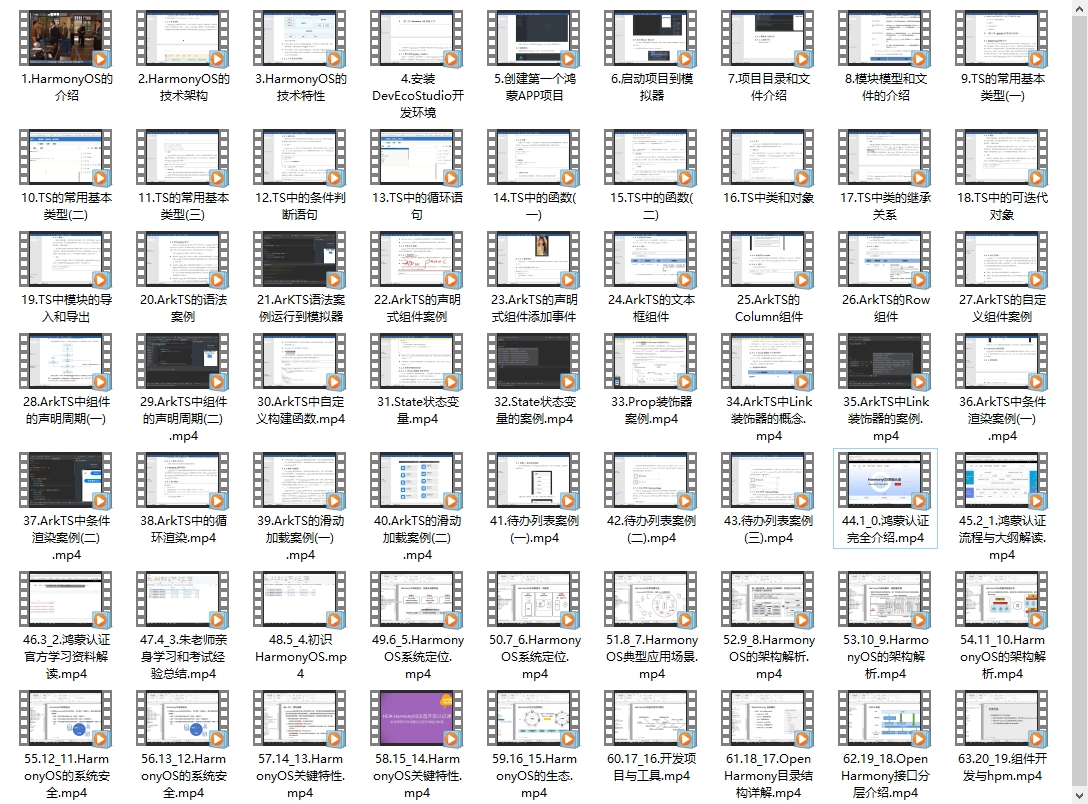
纯血版鸿蒙全套学习文档(面试、文档、全套视频等) 全球开发者的开源社区,开源代码
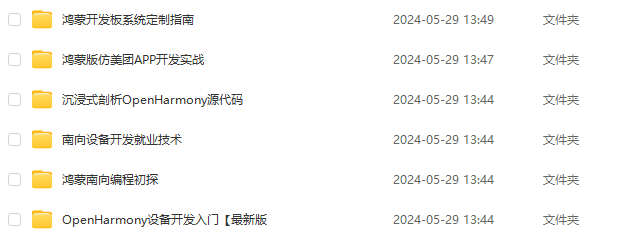
《鸿蒙大厂面试真题》GitCode - 全球开发者的开源社区,开源代码
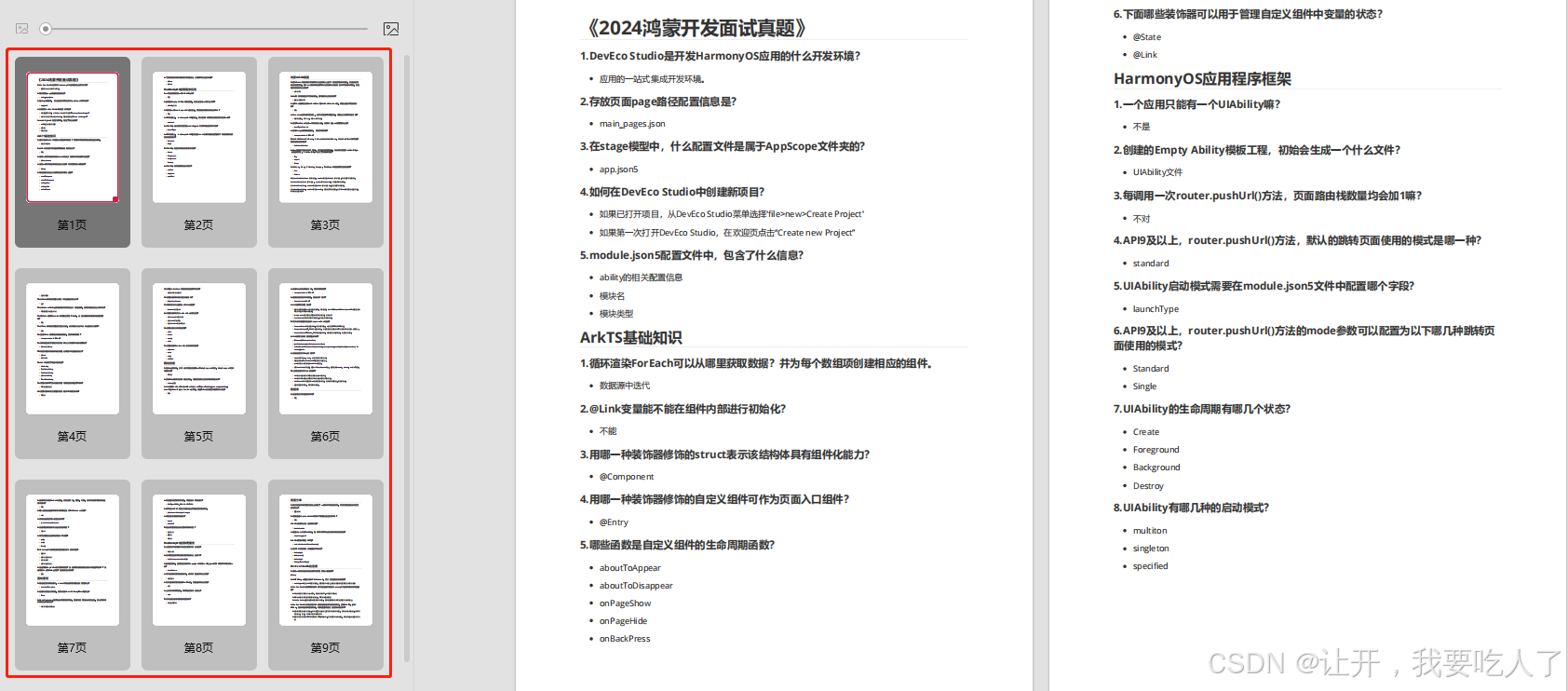
总结
参与鸿蒙开发,你要先认清适合你的方向,如果是想从事鸿蒙应用开发方向的话,可以参考本文的学习路径,简单来说就是:为了确保高效学习,建议规划清晰的学习路线
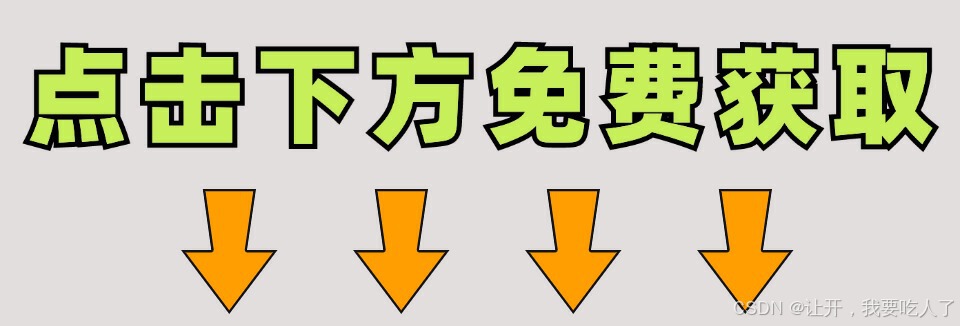


























 576
576

 被折叠的 条评论
为什么被折叠?
被折叠的 条评论
为什么被折叠?








